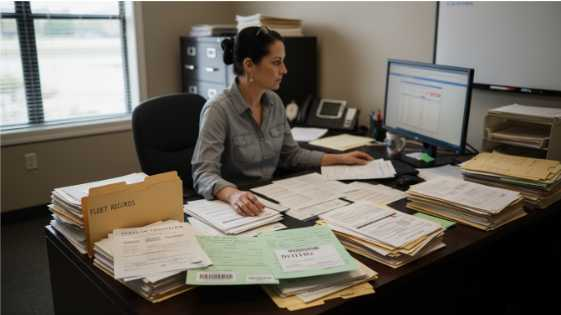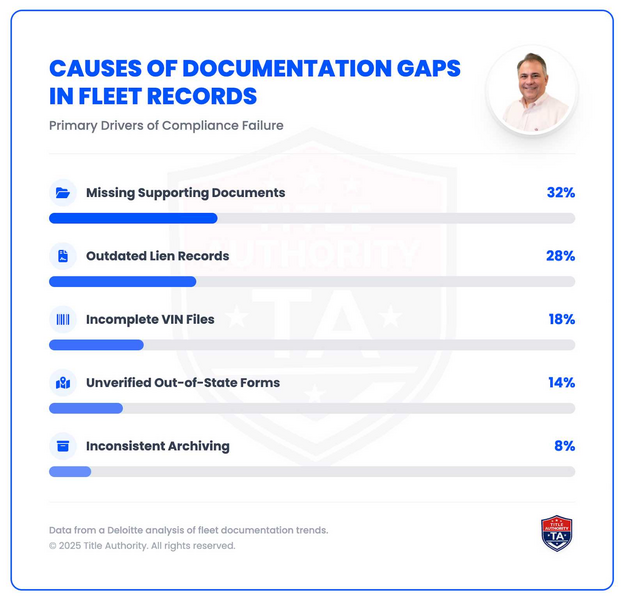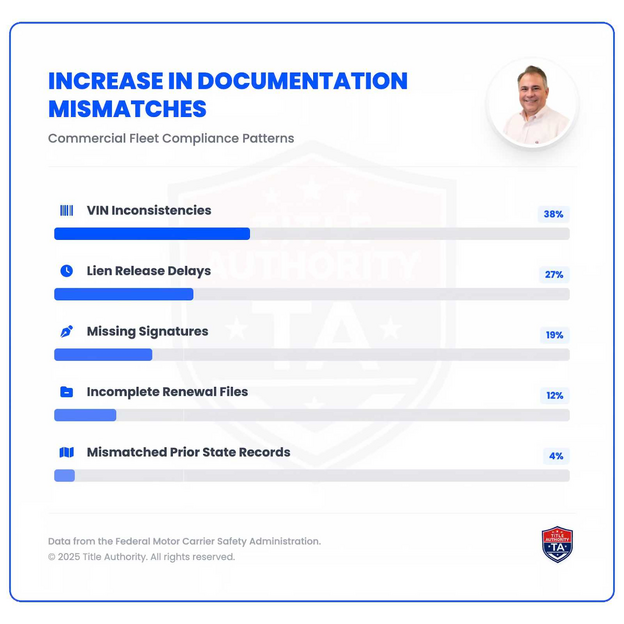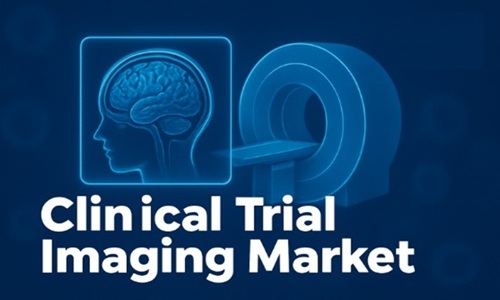
Highways are the arteries of modern transportation, moving millions of vehicles every day. Yet, with such high traffic density, the likelihood of multi-vehicle collisions—often referred to as chain-reaction crashes—remains a serious concern. These accidents are not only complex in nature but also require careful investigation to determine causes, accountability, and prevention strategies.
Understanding Multi-Vehicle Collisions
What Defines a Multi-Vehicle Collision?
A multi-vehicle collision typically involves three or more vehicles in a single accident. Unlike a two-car crash, these pileups often occur at high speeds and can result in devastating injuries, extensive property damage, and prolonged traffic disruptions. Because of their complexity, they demand thorough investigation to identify each contributing factor.
Common Causes
Busy highways create a perfect storm for such incidents. Some of the most common causes include:
Tailgating: Drivers following too closely have less reaction time in sudden slowdowns.
Distracted driving: Texting, adjusting the radio, or interacting with passengers can divert crucial attention.
Speeding and weather conditions: Wet, icy, or foggy roads amplify risks, especially when vehicles are traveling above posted limits.
Commercial vehicle involvement: Large trucks or semi-trailers can turn a minor incident into a catastrophic pileup due to their size and braking limitations.
According to the Federal Motor Carrier Safety Administration (FMCSA), fatigue, mechanical failures, and improper cargo loading in commercial vehicles are frequent contributors to severe highway accidents.
The Process of Investigating Multi-Vehicle Collisions
Immediate Response and Scene Management
When a multi-vehicle accident occurs, the first priority for emergency responders is securing the scene. Police, firefighters, and paramedics coordinate to assist victims, redirect traffic, and prevent further harm. This phase also involves preserving critical evidence—skid marks, debris patterns, and vehicle positions—that will later be analyzed by investigators.
Data Collection and Evidence Analysis
Accident reconstruction specialists play a vital role in determining what happened. They gather data such as:
Vehicle speed estimates from skid marks and onboard electronic data recorders (EDRs)
Surveillance or dashcam footage
Witness statements
Road conditions and weather reports
These pieces of evidence help reconstruct the sequence of impacts and identify the chain reaction that caused the pileup. In some cases, drones and 3D mapping technologies are employed to create detailed digital reconstructions of the crash site.
Determining Fault and Liability
One of the most challenging aspects of multi-vehicle collisions is assigning liability. In some scenarios, multiple parties may share responsibility. For example, a driver who brakes suddenly might trigger a collision, but others following too closely could also be held partially liable. Legal experts and insurance adjusters rely heavily on the evidence gathered by investigators to apportion fault accurately.
The Role of Technology in Investigations
Modern advancements such as traffic cameras, GPS data, and telematics systems allow investigators to access real-time information about vehicle locations and speeds before impact. Many commercial trucks are now equipped with electronic logging devices (ELDs) that track driver hours and movements—critical data points in understanding fatigue-related crashes.
Legal and Insurance Implications
Multi-Party Claims and Complex Litigation
Because these accidents involve multiple drivers, insurance companies, and potentially commercial entities, resolving claims can be a long and contentious process. Determining liability is not always straightforward, especially when several vehicles contribute to the outcome.
Victims often face challenges such as:
Conflicting witness testimonies
Disputes between insurers over fault
Delays in settlements due to the number of involved parties
In such cases, working with an experienced attorney can make a substantial difference. A Siegfried & Jensen truck accident lawyer can help accident victims navigate complex insurance negotiations, collect evidence, and pursue fair compensation.
The Importance of Legal Representation
Law firms that specialize in highway and truck collisions understand both federal and state transportation regulations. They can help victims secure compensation for:
Medical expenses and rehabilitation
Lost income or earning potential
Pain and emotional suffering
Vehicle damage and replacement costs
More about the firm’s expertise and legal standing can be found through their Martindale profile, which provides details about their experience and professional recognition in handling personal injury and truck accident cases.
Preventing Multi-Vehicle Collisions
Driver Education and Awareness
Prevention starts with awareness. Drivers should maintain safe following distances, stay alert, and avoid distractions. Simple actions such as reducing speed in poor weather conditions can dramatically decrease the likelihood of a pileup.
Enforcement of Safety Regulations
The FMCSA enforces safety standards for commercial drivers, including limits on driving hours, vehicle maintenance requirements, and cargo securement rules. Strict compliance with these guidelines can significantly reduce highway accidents involving large trucks.
Engineering and Infrastructure Improvements
Modern roadway designs can also help minimize the severity of multi-vehicle crashes. These improvements include:
Intelligent Transportation Systems (ITS): Real-time alerts about traffic conditions or sudden stops ahead.
Improved lighting and signage: Better visibility reduces driver confusion and late reactions.
Dedicated truck lanes: Separating heavy vehicles from passenger cars can decrease collision frequency.
The Role of Autonomous and Connected Vehicles
Emerging technologies like autonomous driving systems and vehicle-to-vehicle (V2V) communication have the potential to transform highway safety. These systems can detect hazards faster than humans and coordinate braking across multiple vehicles, potentially reducing chain-reaction crashes.
The Human and Economic Costs of Multi-Vehicle Collisions
Emotional Toll on Victims and Families
Beyond the physical injuries, survivors of multi-vehicle collisions often face long-term emotional trauma. Anxiety, post-traumatic stress disorder (PTSD), and depression are common among victims and witnesses of catastrophic crashes. Families coping with the loss of loved ones endure significant emotional and financial hardship.
Economic Consequences
The costs of these accidents extend beyond medical bills. They include:
Property damage and vehicle loss
Lost productivity from traffic delays
Emergency response and cleanup costs
Long-term rehabilitation and disability support
According to transportation safety studies, large-scale highway pileups can cost local economies millions in damage and lost revenue due to lane closures and extended detours.
Conclusion
Investigating multi-vehicle collisions on busy highways requires a multidisciplinary approach involving law enforcement, engineers, medical professionals, and legal experts. Understanding the causes, collecting accurate data, and enforcing preventive measures are key to reducing future incidents.
Victims of these devastating accidents often find themselves facing not only physical recovery but also complex legal battles. With professional assistance from qualified legal experts and adherence to national safety standards, it becomes possible to uncover the truth behind these tragic events and work toward safer roads for everyone.




















